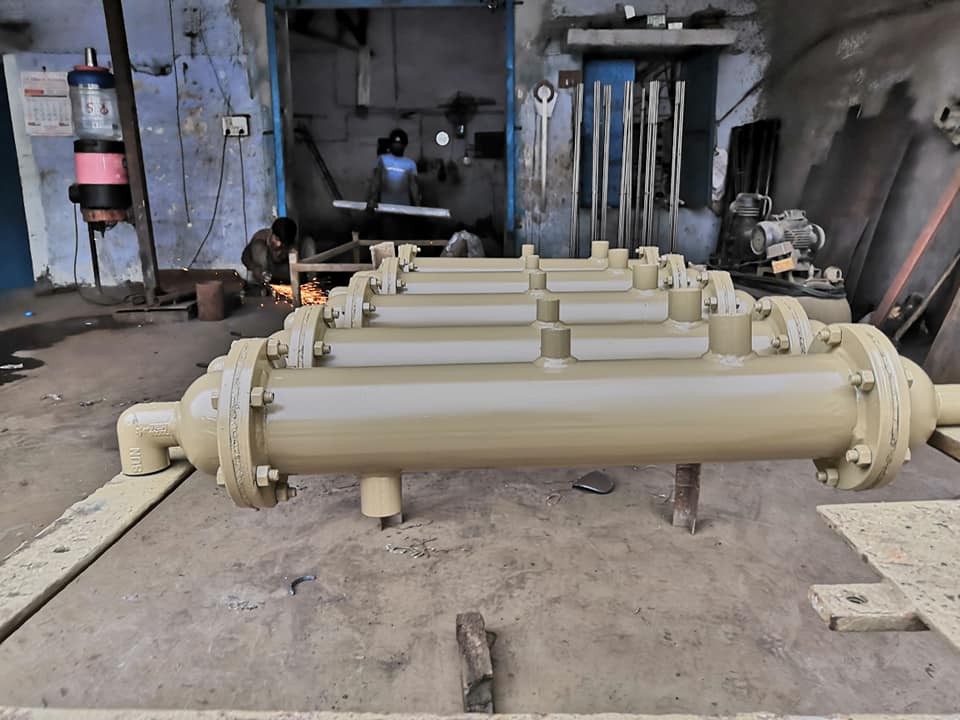For heat exchanger sizing purposes, the cooling water inlet temperature is usually taken as the maximum summer temperature.
However, the cooling water outlet temperature can be varied. Theoretically there is an optimum cooling water flow rate (and corresponding cooling water outlet temperature) for each exchanger design. Clearly, there is a maximum temperature which the exiting cooling water cannot exceed. For example, returning water to a cooling water at to high a temperature can cause excessive vaporization of the water which will cause deposition of minerals in the cooling tower packing. Similarly, cooling water returned to lakes or rivers must be at temperatures that are not harmful to the environment. Also, tube wall temperatures above 50 oC in contact with many cooling water
streams will result in deposition of calcium deposits on the heat exchangers surfaces. Any temperature under these maximums are theoretically allowable.
From the standpoint of only finding the lowest cost design for the heat exchanger, the water exit temperature which will almost always result in the lowest heat transfer area (and therefore cost) is the lowest water exit temperature possible – as this will provide the highest temperature difference. However, this design will require the highest water pumping rate which will increase the cost of pumps and piping carrying the water to and from the exchanger.
